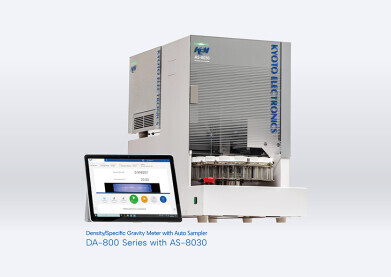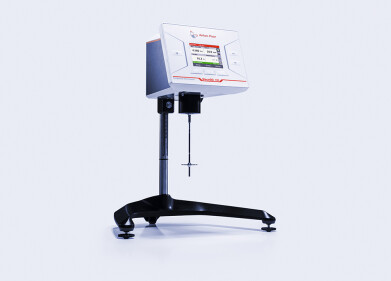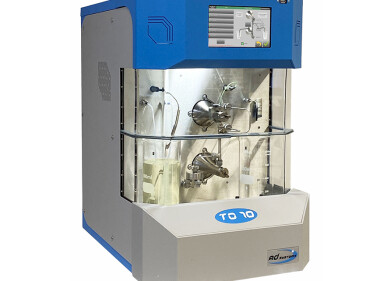Analytical instrumentation
Practical tips for preventing air bubbles when measuring petroleum density
Apr 23 2024
There are a few important factors to consider when measuring petroleum products with an oscillation-type density meter. One such factor is the prevention of bubble formation during sampling. Bubbles can cause measurement inaccuracies and inconsistencies, so they must be addressed. Make sure that no sample inlet parts are loose and monitor the sampling speed. If sampled too fast, bubbles may form, so adjust the speed to suit the sample type. Viscous samples can be sampled by injection or with a pump compatible with them. If you spot a bubble in your sample, you could remove it by applying heat or using an ultrasonic cleaner before sampling. Bubbles may form if the sample's temperature is cooler than the measurement cell's during sampling, so please warm your sample in advance. Samples should be homogenous because heterogeneous samples have a higher tendency to form bubbles. Kyoto Electronic Manufacturing's DA-800 series density meters come with an air pump as standard and feature consistently flat internal sampling lines that help prevent bubble formation. Bubbles are further prevented when used with the AS-8030 autosampler thanks to its pressurized sampling function, especially beneficial for light petroleum samples such as gasoline. KEM’s DA-800 series density meters are ideal for measuring in compliance with standards such as ASTM D1250, ASTM D4052, and ASTM D5002. Contact them today to find out more!
Digital Edition
PIN 25.5 Oct/Nov 2024
November 2024
Analytical Instrumentation - Picturing Viscosity – How Can a Viscometer or a Rheometer Benefit You? - Sustainable Grease Formulations: Evaluating Key Performance Parameters and Testing Method...
View all digital editions
Events
Jan 20 2025 San Diego, CA, USA
Jan 22 2025 Tokyo, Japan
Jan 25 2025 San Diego, CA, USA
SPE Hydraulic Fracturing Technology Conference and Exhibition
Feb 04 2025 The Woodlands, TX, USA
Feb 05 2025 Guangzhou, China



















